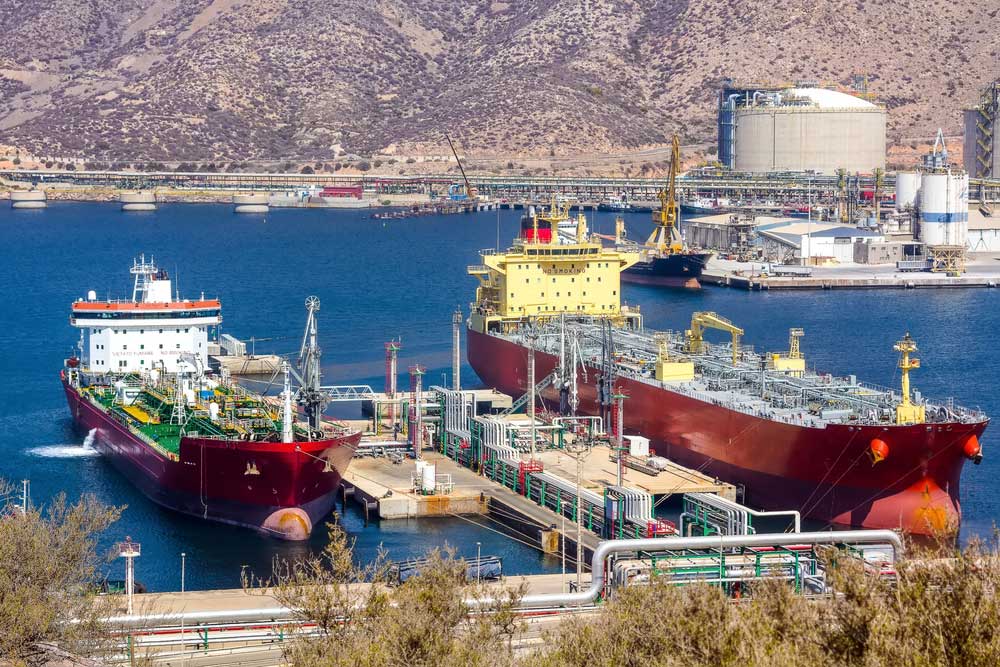Brent and US crude fell below $30 on Monday as emergency rate cuts by the US Federal Reserve and its global counterparts failed to tame the markets and China’s factory output plunged at the sharpest pace in 30 years amid the spread of coronavirus.
Brent crude was down $4.03, or almost 12 per cent, to $29.82 a barrel by 1339 GMT. The front-month price had risen $1 earlier in the session.
US West Texas Intermediate (WTI) crude was at $28.63, down $3.10, or almost 10 per cent.
“The relative weakness in Brent shouldn’t come as too much of a surprise, given the severity of the breakout across Europe,” said ING analyst Warren Patterson.
“Another factor offering relatively more support to WTI is the news that President Trump has ordered strategic petroleum reserves to be filled up at these lower price levels,” he added.
IHS Markit said on Monday the world is looking at the “possible build-up of the most extreme global oil supply surplus ever recorded”, and that US crude oil production could fall 2-4 million barrels per day over the next 18 months.
Oil prices have also been under intense pressure on the supply side, as top exporter Saudi Arabia ramped up output and slashed prices to increase sales to Asia and Europe.
This month the Organisation of the Petroleum Countries and Russia failed to extend production cuts that began in January 2017, aimed at supporting prices and lowering stockpiles.

